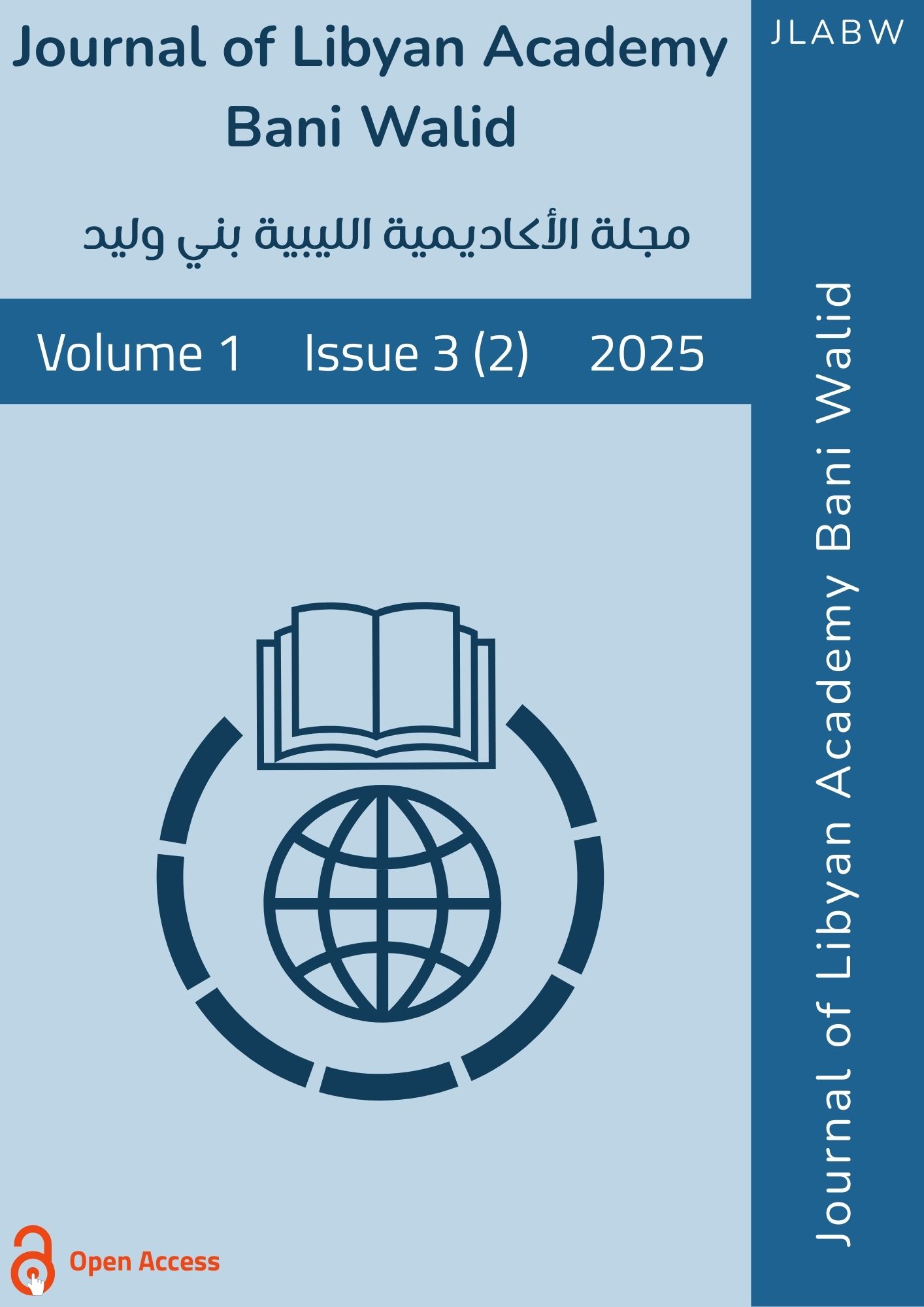A Multidimensional Descriptive Analysis of Pulmonary Fibrosis: Clinical Profiles, Risk Factors, and Functional Impacts in Affected Patients
DOI:
https://doi.org/10.61952/jlabw.v1i3.205Keywords:
Pulmonary fibrosis, Oxygen saturation, Smoking, Chronic lung diseaseAbstract
Pulmonary fibrosis is a progressive chronic lung disease characterized by the scarring and stiffening of lung tissues, leading to impaired gas exchange and gradual respiratory failure. This study aimed to analyze the demographic and physiological characteristics of patients with pulmonary fibrosis, identify key contributing factors such as smoking, occupational exposure, and genetic history, and assess the disease’s impact on daily activities and quality of life. A total of 70 patients were included in the sample, and data were collected using a comprehensive questionnaire and statistically analyzed. The results showed that most participants were males and belonged to the older age group (60–79 years), with a mean oxygen saturation (SpO₂) of 59.16%, which is significantly lower than normal. A strong correlation was found between pulmonary fibrosis and a history of smoking, as well as occupational exposure to harmful substances such as bird proteins and volatile chemicals. Physical activity and the ability to work were the most affected aspects of daily life. The study recommends early screening programs, increased awareness of smoking risks and occupational hazards, and improved access to treatment and psychosocial support for patients.
References
Field, A. (2013). Discovering Statistics Using IBM SPSS Statistics. 4th ed. Sage Publications.
Garcia-Sancho, C., Buendía-Roldán, I., Fernández-Plata, R., Navarro, C., Pérez-Rodríguez, M., Selman, M., & Pardo, A. (2011). Familial pulmonary fibrosis: evidence of lung inflammation in asymptomatic relatives. Respiratory Medicine, 105(8), 1179–1185.
Gibson, G. J., Loddenkemper, R., Lundbäck, B., & Sibille, Y. (2005). The European Lung White Book: Respiratory Health and Disease in Europe. European Respiratory Society.
Han, M. K., Murray, S., Fell, C. D., Flaherty, K. R., Toews, G. B., Myers, J., ... & Martinez, F. J. (2013). Gender influence on the histopathology and prognosis of idiopathic pulmonary fibrosis. European Respiratory Journal, 41(6), 1373–1379.
Hutchinson, J. P., Fogarty, A. W., Hubbard, R. B., & McKeever, T. M. (2015). Global incidence and mortality of idiopathic pulmonary fibrosis: a systematic review. European Respiratory Journal, 46(3), 795–806.
Ley, B., Collard, H. R., & King, T. E. Jr. (2011). Clinical course and prediction of survival in idiopathic pulmonary fibrosis. American Journal of Respiratory and Critical Care Medicine, 183(4), 431–440.
Morell, F., Villar, A., Montero, M. A., Muñoz, X., Colby, T. V., Pipvath, S., & Cruz, M. J. (2008). Chronic hypersensitivity pneumonitis in patients diagnosed with idiopathic pulmonary fibrosis: a prospective case-cohort study. The Lancet, 372(9643), 1089–1096.
Nathan, S. D., Shlobin, O. A., Ahmad, S., Kozich, R., Barnett, S. D., & Bateman, R. (2011). Pulmonary hypertension and pulmonary function testing in idiopathic pulmonary fibrosis. Chest, 140(1), 219–225.
Raghu, G., Collard, H. R., Egan, J. J., Martinez, F. J., Behr, J., Brown, K. K., ... & ATS/ERS/JRS/ALAT Committee on Idiopathic Pulmonary Fibrosis. (2011). An official ATS/ERS/JRS/ALAT statement: Idiopathic pulmonary fibrosis: Evidence-based guidelines for diagnosis and management. American Journal of Respiratory and Critical Care Medicine, 183(6), 788–824.
Ryu, J. H., Moua, T., Daniels, C. E., Hartman, T. E., Yi, E. S., Utz, J. P., & Vassallo, R. (2014). Idiopathic pulmonary fibrosis: evolving concepts. Mayo Clinic Proceedings, 89(8), 1130–1142.
Swigris, J. J., Stewart, A. L., Gould, M. K., Wilson, S. R., & Fernandez-Perez, E. R. (2005). Patients’ perspectives on how idiopathic pulmonary fibrosis affects the quality of their lives. Health and Quality of Life Outcomes, 3(1), 61.
Wells, A. U., Hansell, D. M., Nicholson, A. G., & Colby, T. V. (2003). Challenges in pulmonary fibrosis: 8—the radiological diagnosis. Thorax, 58(10), 832–839.
World Medical Association (2013). Declaration of Helsinki – Ethical Principles for Medical Research Involving Human Subjects. WMA.






